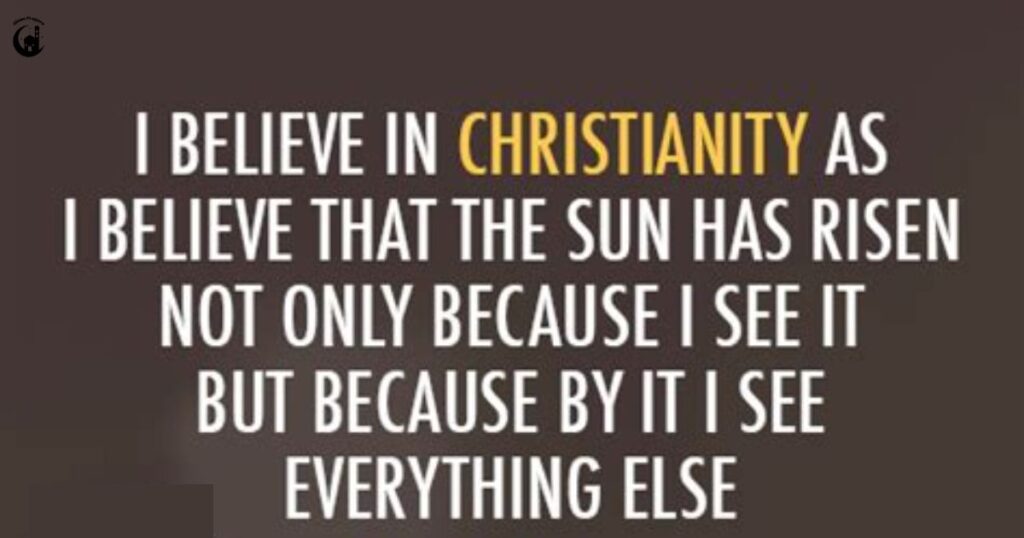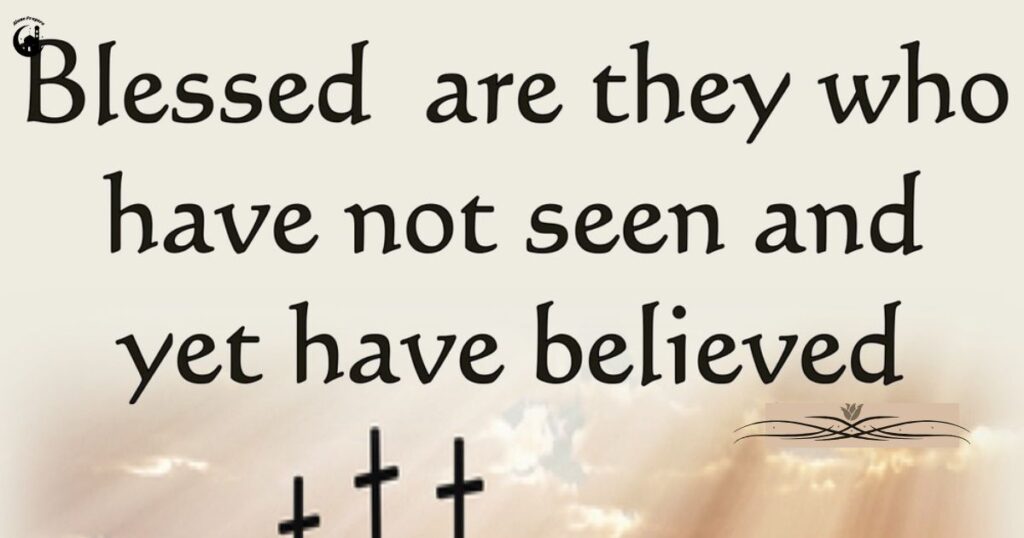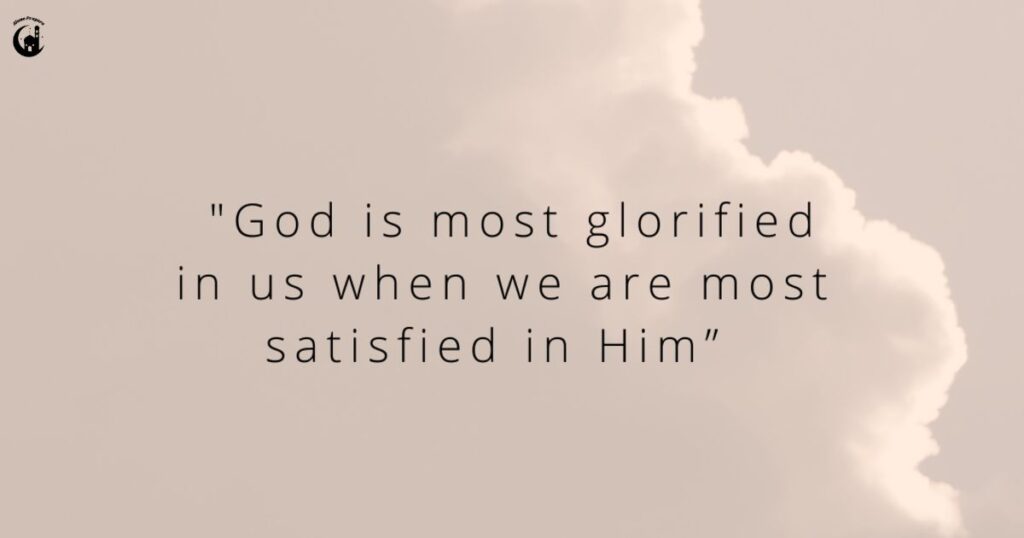The Christian Church is more than just a building, it is a community of believers who follow the teachings of Jesus Christ. To truly grasp what a Christian Church is, we need to see it as both a spiritual family and a place of worship where faith is lived out daily. From its beginnings in the first century, the Church has stood as a symbol of hope, guiding people toward love, forgiveness, and a deeper relationship with God.
To understand the Christian Church’s meaning, we look at its purpose and message. It unites people of different backgrounds under one faith, reminding believers of Christ’s sacrifice and the promise of eternal life. Over time, the Church has grown into different traditions Catholic, Orthodox, and Protestant yet all share the same mission of spreading God’s Word and serving humanity with compassion and grace.
Definition of Christian Church

The christian church’s meaning extends beyond physical buildings. Sure, churches occupy structures with steeples and sanctuaries. But the true church comprises people, not architecture. Early Christians understood this profoundly. They gathered in homes, caves, even catacombs during persecution.
A Christian Church serves multiple functions. Believers come together for corporate worship and Bible study. Fellowship happens organically as members support one another through life’s storms. Churches also reach outward, serving their communities and spreading their faith message.
Scripture describes the church as Christ’s body, with Jesus himself serving as the head. Each believer functions as a member with specific roles and gifts. This metaphor emphasizes unity and interdependence among Christians worldwide.
Jesus promised to build his church and declared it would withstand even death’s gates. The Apostle Peter received special recognition in this foundation story. Catholics trace papal authority back to this pivotal moment in Christian history.
History of the Christian Church
Christianity’s story begins with a Jewish carpenter-turned-rabbi named Jesus of Nazareth. He ministered throughout Palestine for roughly three years, preaching about God’s kingdom, performing miracles, and challenging religious authorities who had grown corrupt and legalistic.
The Day of Pentecost marks the church’s birthday according to Christian tradition. Fifty days after Passover, the Holy Spirit descended upon gathered disciples in Jerusalem. They suddenly spoke various languages they’d never learned. Peter preached boldly to the gathered crowd. About three thousand people converted and received baptism that single day, a remarkable beginning for a movement that would transform world history.
Early Christian communities formed quickly throughout Judea and beyond. Believers shared possessions communally, meeting daily in homes for prayer and teaching. Apostles taught and performed miracles that authenticated their message. The movement spread rapidly despite having no buildings, budgets, or professional clergy structure.
Types of Christian Churches

Christianity encompasses remarkable diversity while maintaining core unity. Thousands of denominations exist worldwide, yet most fall into several major categories. These share fundamental beliefs while differing significantly in worship styles, governance structures, and theological emphases.
All Christian churches affirm Jesus Christ as divine savior who died for humanity’s sins and rose from the dead. They regard Scripture as authoritative divine revelation. Baptism and communion receive universal recognition, though interpretations and practices vary considerably. Prayer forms essential spiritual practice across all traditions.
Differences emerge around authority sources, worship styles, and theological interpretations. Some churches embrace elaborate liturgies rooted in ancient tradition. Others prefer spontaneous, Spirit-led services. Governance ranges from hierarchical episcopal systems to congregational democracy. Sacramental theology varies from viewing sacraments as channels of divine grace to symbolic memorial acts.
Catholic Church
The Catholic Church claims direct institutional lineage from Apostle Peter, whom Catholics believe Jesus appointed as first pope. Each subsequent pope inherits this apostolic authority through unbroken succession stretching back two thousand years.
Catholics emphasize continuity with early Christianity more than other traditions. They point to church fathers, ecumenical councils, and unbroken institutional history. Sacred Tradition carries authoritative weight alongside Scripture in Catholic theology and practice.
A clear hierarchical structure defines Catholic organization and authority. The pope sits atop this pyramid as Christ’s vicar on earth. Cardinals advise the pope and elect his successor in secret conclave. Bishops oversee regional dioceses with teaching and governing authority. Priests serve local parishes, administering sacraments and providing pastoral care. Deacons assist with various liturgical and service ministries.
This organizational structure ensures doctrinal unity and ecclesiastical discipline. Teaching authority flows from the top down through the Magisterium. Individual parishes implement directives from diocesan bishops and Vatican offices. Lay Catholics participate actively in parish life but lack formal governing power in church decision-making.
Transubstantiation represents distinctively Catholic eucharistic teaching. During Mass, bread and wine literally become Christ’s body and blood, Catholics believe. Appearances remain unchanged, but substance undergoes miraculous transformation, a profound mystery central to Catholic worship.
Protestant Churches

Protestant Churches emerged from 16th-century reforms challenging Catholic authority and practice. Protestants protested Catholic doctrines they deemed unbiblical or corrupt. The name “Protestant” stuck despite its negative origins, eventually becoming a badge of honor.
Papal authority received outright rejection from Protestant reformers. Protestants recognize no supreme earthly spiritual leader with infallible teaching authority. Instead, Jesus Christ serves as each believer’s direct mediator and high priest. Clergy function as teachers and shepherds, not mediators dispensing grace through sacraments.
Martin Luther’s theological legacy continues through churches bearing his name worldwide. Lutherans emphasize justification by faith alone salvation comes purely through trusting Christ’s finished work, not human effort or religious performance. Good works flow naturally from salvation but don’t earn or maintain it.
Predestination represents Reformed theology’s most controversial and distinctive aspect. God sovereignly elects certain individuals for salvation before creation, this view holds. Humans will play a minimal role in redemption. Critics find this doctrine harsh and unjust; adherents find it biblically grounded and spiritually comforting.
Scripture centrality defines Protestant worship across denominational lines. Sermons typically form the service’s longest and most important segment. Preachers expound biblical texts systematically, applying ancient truths to contemporary life situations.
Preaching and teaching receive paramount importance in Protestant ecclesiology. Protestants highly value educated clergy who can explain Scripture accurately and compellingly. Many churches offer extensive Bible-based teaching programs beyond Sunday sermons.
Eastern Orthodox Church
Theological disagreements extended beyond the filioque controversy. Papal claims to universal jurisdiction troubled Eastern bishops who preferred conciliar governance decisions by councils representing the whole church rather than individual papal pronouncements. Different approaches to theology apophatic versus scholastic reflected deeper cultural divides.
Cultural and linguistic barriers deepened divisions over centuries. Latin West and Greek East grew increasingly foreign and incomprehensible to each other. Crusader violence against Byzantine Christians during the Fourth Crusade (1204) hardened attitudes and made reconciliation virtually impossible. Modern ecumenical efforts have yielded limited progress.
No single leader governs Orthodoxy with authority comparable to the Catholic pope. Instead, multiple patriarchs lead autocephalous (self-governing) national or regional churches. The Ecumenical Patriarch of Constantinople receives honorary primacy but lacks jurisdictional authority over other patriarchs.
Theosis represents Orthodox spirituality’s heart and ultimate goal. Believers can become god-like through divine grace, participating in God’s energies though not essence. This transformative process becoming “partakers of the divine nature” continues throughout life and into eternity.
The Divine Liturgy showcases Orthodox worship’s sensory richness and theological depth. Services engage all senses intentionally. Incense symbolizes prayers rising to heaven. Candles represent Christ’s light. Chanting elevates worshipers’ spirits. Icons surround the congregation, making heaven present visually.
Iconography distinguishes Orthodox churches from Protestant spaces and even Catholic churches. These sacred images aren’t mere decorations or teaching tools. Icons serve as windows into heaven, making spiritual realities present. Believers venerate (show respect to) icons while carefully maintaining that worship belongs to God alone.
Evangelical Churches

Evangelicalism emphasizes personal conversion experience over merely inheriting religious identity. Being “born again” through conscious decision marks true Christianity’s beginning. Cultural Christianity or nominal belief without personal commitment isn’t genuine faith, evangelicals maintain.
A personal relationship with Jesus Christ receives constant emphasis beyond doctrinal knowledge. Faith shouldn’t be mere intellectual assent to theological propositions. Believers should know Jesus intimately through prayer, Scripture study, and Spirit-led experience.
Four priorities characterize evangelicalism historically across denominational boundaries: biblical authority and reliability, Christ’s cross as the only means of salvation, conversion necessity, and activism in spreading faith. Historian David Bebbington identified these “Bebbington quadrilateral” criteria defining evangelical identity.
Evangelical roots trace to Protestant Reformation principles, particularly Luther’s emphasis on Scripture and personal faith. Pietist movements in Germany and England stressed heartfelt religion over mere intellectual orthodoxy or ritualistic observance.
Biblical inerrancy represents a core evangelical conviction distinguishing them from mainline Protestantism. Scripture contains no errors in its original manuscripts regarding any subject it addresses. Every biblical word deserves trust and obedience as God’s authoritative revelation.
Mega churches attract thousands of attendees weekly through multiple services and extensive programming. These large congregations operate more like corporations with specialized staff and sophisticated operations. Small churches alternatively provide an intimate community where everyone knows each other personally.
Pentecostal Churches
Spirit baptism became Pentecostalism’s theological distinctiveness separating it from other evangelical movements. This experience, subsequent to salvation, supernaturally empowers believers for witness and service. Tongues speaking evidence Spirit baptism, classical Pentecostals teach, though some later disagreed.
Gifts of the Holy Spirit listed in 1 Corinthians 12 remain active today, Pentecostals firmly affirm against cessationist theology. These supernatural gifts include divine healing, prophecy, tongues, interpretation, miracles, and spiritual discernment. Believers should earnestly seek and regularly exercise spiritual gifts.
Speaking in tongues generates both fascination and controversy within and beyond Christianity. Pentecostals view glossolalia as prayer language enabling Spirit-led intercession or as divine communication requiring interpretation. Critics question its validity or contemporary relevance, viewing it as emotionalism or psychological phenomenon.
Church of God in Christ leads African American Pentecostalism as America’s largest historically black denomination. Founded by Charles Mason after experiencing Spirit baptism, it uniquely emphasizes holiness alongside Pentecostal distinctives.
Spontaneous and expressive services characterize Pentecostal worship culture. Formal liturgy gives way to Spirit-led flexibility and improvisation. Emotions find free, uninhibited expression through shouting, dancing, weeping, and physical demonstrations.
Music and praise dominate significant service time, preparing hearts for ministry. Upbeat songs with repetitive choruses encourage dancing, hand-raising, and enthusiastic participation. Extended worship sessions lasting thirty minutes or longer aren’t unusual.
Testimonies share God’s recent works in believers’ lives. Members recount answered prayers, divine healing, financial miracles, and supernatural interventions. These contemporary stories build corporate faith and encourage struggling believers.
Read Related Blog: Transform Your Event: 17 Powerful Prayers for a Successful Conference
Conclusion
The Christian Church encompasses remarkable diversity united by common faith in Jesus Christ as divine savior and Lord. From Catholic liturgical tradition to Pentecostal spontaneous worship, expressions vary dramatically. Yet all affirm Scriptures authority, practice baptism and communion, and gather regularly for corporate worship. This journey through church history reveals Christianity’s dynamic evolution across twenty centuries.
First-century Jerusalem believers gathering secretly would scarcely recognize modern mega churches with sophisticated technology. Yet core convictions remain surprisingly consistent across vast historical and cultural chasms. Whether you are exploring Christian faith personally or simply satisfying intellectual curiosity, understanding these church types enriches your perspective on world religion and culture. Each tradition offers unique strengths, emphases, and worship expressions.
FAQs
What is the oldest Christian Church?
The Catholic Church claims to be Christianity’s oldest institution, tracing unbroken succession from Apostle Peter through first-century origins to today.
How many types of Christian churches exist today?
Thousands of Christian denominations exist worldwide. Five major categories include Catholic, Protestant, Eastern Orthodox, Evangelical, and Pentecostal traditions with numerous subdivisions.
What’s the difference between Catholic and Protestant churches?
Catholics emphasize tradition, papal authority, and seven sacraments. Protestants stress Scripture alone, reject papal supremacy, and typically recognize two ordinances.
Can you attend different types of Christian churches?
Yes, Christians often visit various denominations. While membership requirements differ, most churches welcome visitors regardless of background or current church affiliation.
Which Christian Church has the most members worldwide?
The Catholic Church represents Christianity’s largest single denomination globally, with approximately 1.3 billion members across every continent and country.
